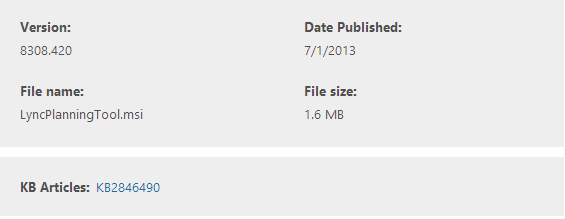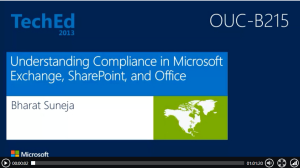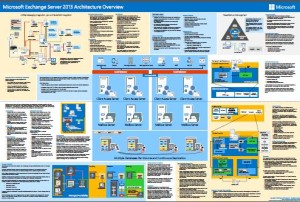Exchange Team po wielu testach, a właściwie to chyba po wielu zażaleniach zgłaszanych przez administratorów Exchange 2010 odnośnie tego, że Microsoft Exchange 2010 w wersji Enterprise może obsługiwać 100 baz, a Microsoft Exchange 2013 tylko 50, postanowił to zmienić.
Do tej pory limit 50 baz w Exchange 2013 Enterprise była motywowana ulepszeniem struktury baz, mniejszym wykorzystywaniem dysków (ilość operacji) itp.
Niemniej jednak w przypadku administratorów Exchange 2010, którzy mają serwery obsługujące powyżej 5o baz, problemem była by migracja tych baz do Exchange 2013 czyli mniejszej ilości czyli 50 baz.
Dlatego instalacja CU2 dla Exchange 2013 spowoduje zmianę limitu ilości baz per serwer z 50 na 100.
Jest to kolejna zachęta dla niektórych do migracji z Exchange 2010 do 2013.
Może nie do końca zachęta, ale jest to przynajmniej usunięcie jednego z problemów mogących pojawić się podczas migracji.
Dokładny opis zmiany możecie znaleźć na stronie Exchange Team Blog:
Per-Server Database Limits Explained






 English
English  polski
polski